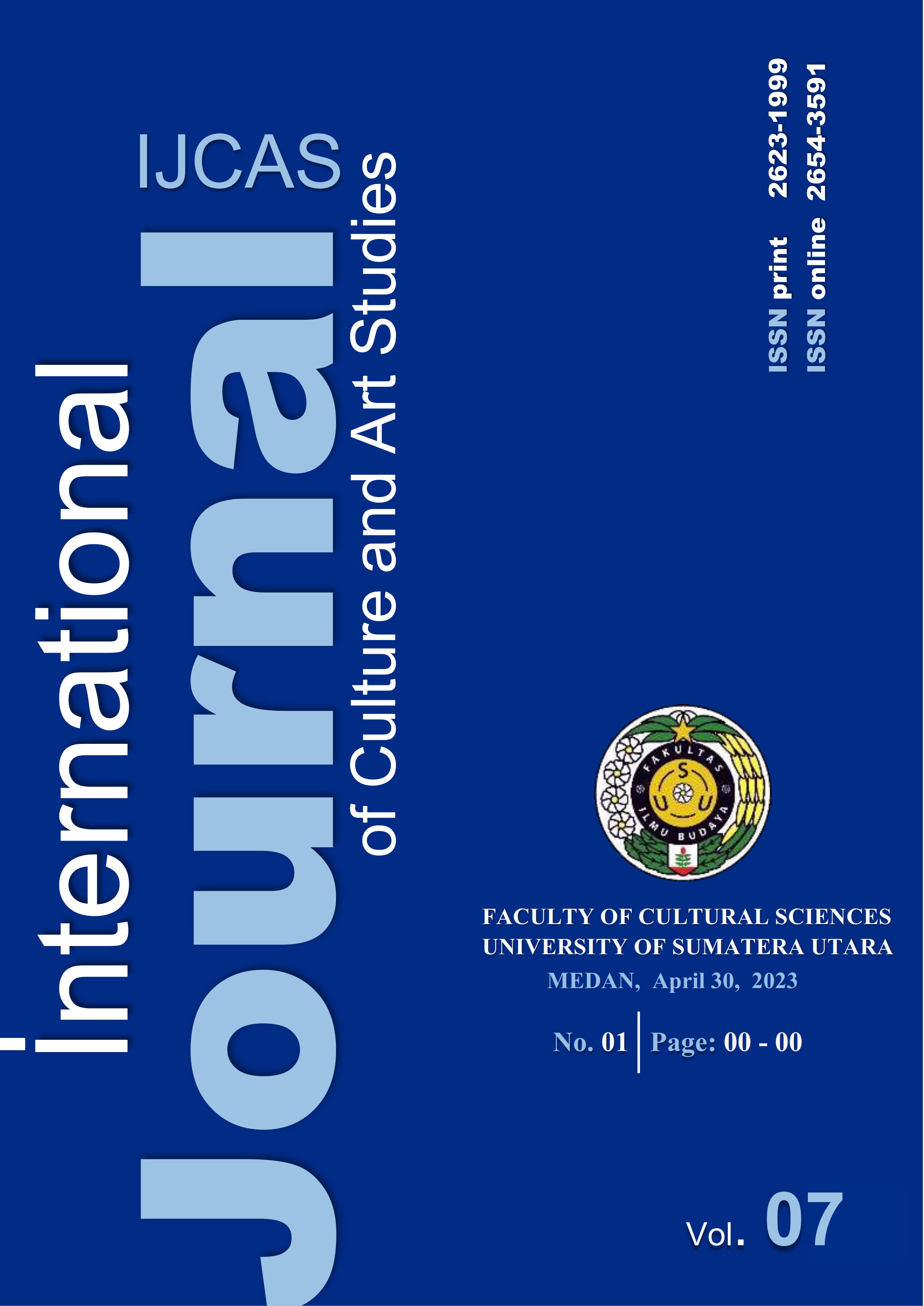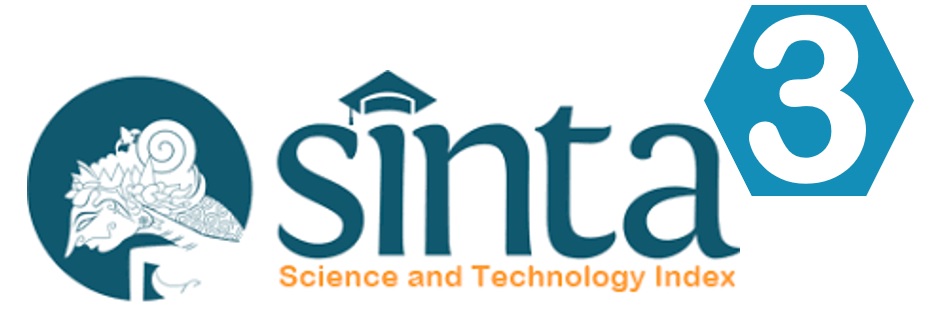Japanglish: The Benefits of English Proficiency for Japanese Language Students' Vocabulary Acquisition in North Sumatra
DOI:
https://doi.org/10.32734/ijcas.v7i1.11868Keywords:
Loan Words, Gairaigo, English, Japanese LearnersAbstract
Japanglish is a popular term for absorbing English words into the Japanese language. The phenomenon emerged due to the global usage of English as an international language, which has influenced other languages, including Japanese. As a result, many English loanwords have been absorbed into the Japanese language, particularly for modern terminology. These loanwords are known as gairaigo (外æ¥èªž) or katakanago (カタカナ語). Although the incorporation process involves morphological and phonological changes, English loanwords are easily recognizable to those who understand English. This study aims to prove that English Proficiency among Japanese language learners can help improve their mastery of Japanese vocabulary and conversational ability. The study was conducted by providing special instructions on the formation and usage of Japanese loanwords in conversation. The study approach is qualitative with a descriptive method, employing behavioral theory and pre-test and post-test evaluation methods. Data were collected through observation of the teaching process and pre-test and post-test results from Japanese language students in Sumatra Utara. The findings indicate that English language proficiency among students offers advantages and influence in the mastery of Japanese vocabulary, especially in loanwords, and facilitates communication in conversation.
Downloads
References
Adrianis, & Asri, D. (2021). Types of Word That Are Frequently as Gairaigo Words in Japanese From English. https://doi.org/10.2991/assehr.k.210202.038
Annisa. (2015). Analisis Tingkat Kemampuan Penulisan Gairaigo Pada Mahasiswa Tingkat II (Universitas Pendidikan Indonesia). Universitas Pendidikan Indonesia. Retrieved from http://repository.upi.edu/21008/
Champ, N. (2014). Gairaigo in Japanese Foreign Language Learning: A Tool for Native English Speakers? New Voices, 6, 117–143. https://doi.org/10.21159/nv.06.05
Garland, B. (2021). Gairaigo: Japanese EFL Learners’ Hidden Vocabulary. JALT Postconference Publication, 2020(1), 192. https://doi.org/10.37546/JALTPCP2020-24
Miles, M. B., Huberman, A. M., & Saldana, J. (2014). Qualitative Data Analysis. London: Sage Publications.
Ratnawulan, E., & Rusdiana, H. A. (2015). Evaluasi Pembelajaran. Bandung: Pustaka Setia Bandung.
Sudjianto, & Ahmad, D. (2014). Pengantar Linguistik Bahasa Jepang. Jakarta: Percetakan KBI.
Sugiyono. (2016). Metode Penelitian Kuantitaif: Kualitatif dan R & B. Bandung: Alfabeta.
Yani, D. (2018). Proses Pembentukkan Gairaigo dalam Buku Teks Minna no Nihongo: Kajian Morfologi. Journal of Japanese Language Education and Linguistics, 2(2). https://doi.org/10.18196/jjlel.2215
Yaniar, E. S., & Masrokhah, Y. (2021). Analysis of the Formation of Gairaigo in Japanese Commercial Advertisements for the 2016 - 2020 Advertising Period (Reviewed from Morphological Studies). https://doi.org/10.2991/assehr.k.210430.013
Downloads
Published
How to Cite
Issue
Section
License
Copyright (c) 2023 Abdul Gapur, Taulia

This work is licensed under a Creative Commons Attribution-ShareAlike 4.0 International License.













